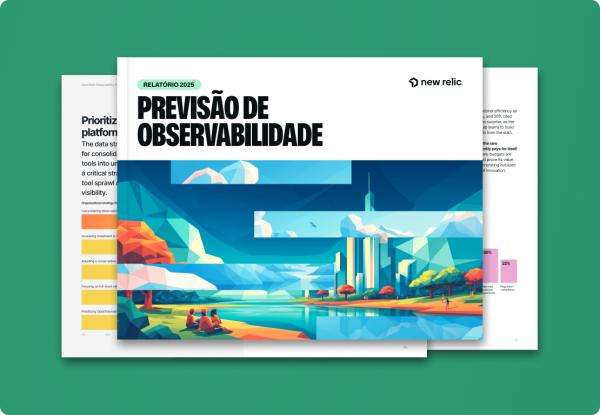Transforme tendências do setor em resultados

Obtenha insights baseados em dados de mais de 1.700 líderes de tecnologia para aumentar a resiliência e a inovação.
O custo de US$ 2 milhões/hora de uma interrupção
Muitas interrupções de alto impacto agora custam US$ 2 milhões por hora. A observabilidade full-stack reduz esse impacto financeiro pela metade.
A observabilidade proporciona um forte ROI
20% das empresas relatam retorno de 3 a 10 vezes superior sobre investimentos em observabilidade, enquanto 75% notam ROI positivo.
O monitoramento de IA se torna uma prática padrão
A adoção do monitoramento de IA salta para 54% em 2025, à medida que as empresas passam da fase experimental para a produção completa.
Aceleração da consolidação de ferramentas
52% estão consolidando ferramentas ativamente, trocando a complexidade por uma resolução mais rápida e custos mais baixos.